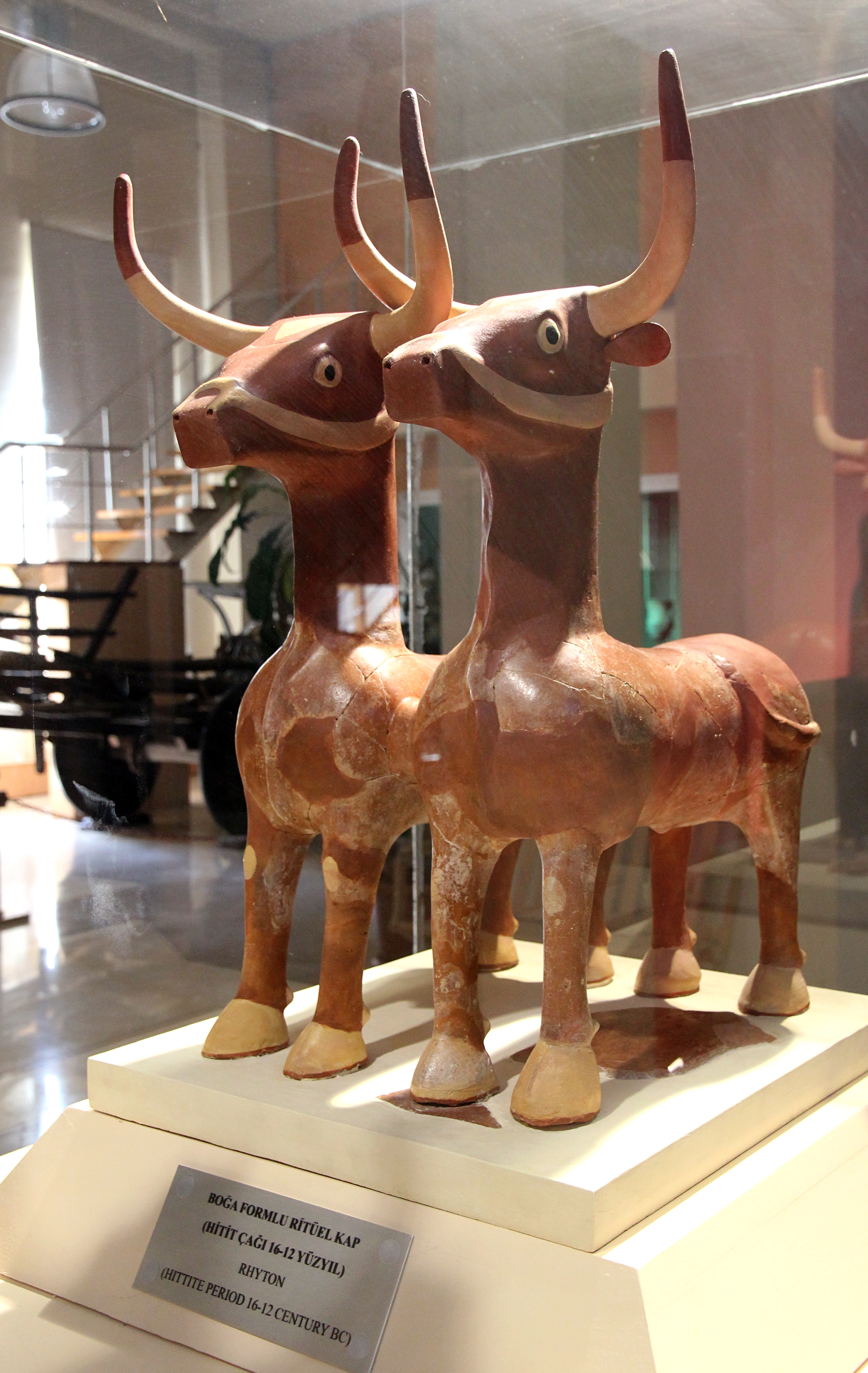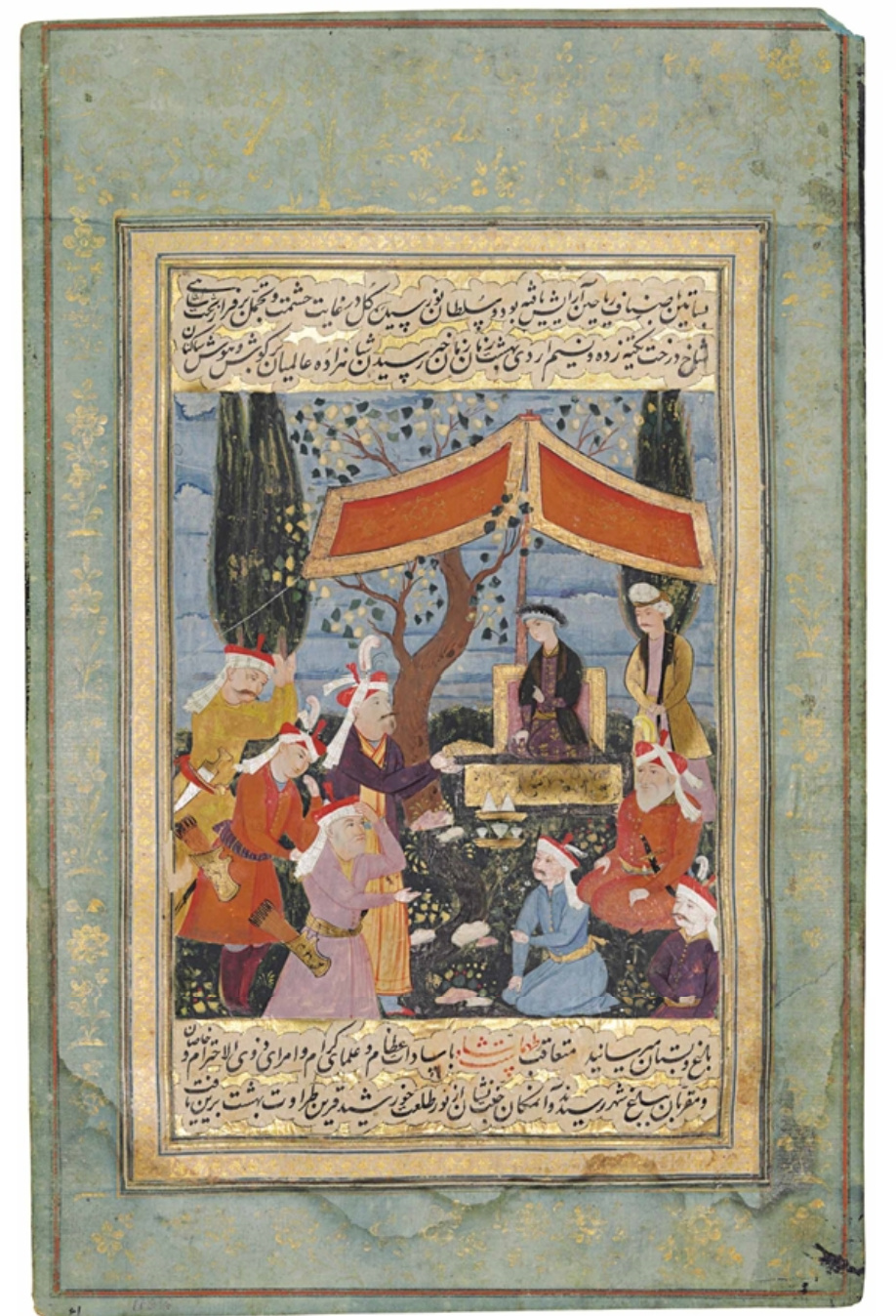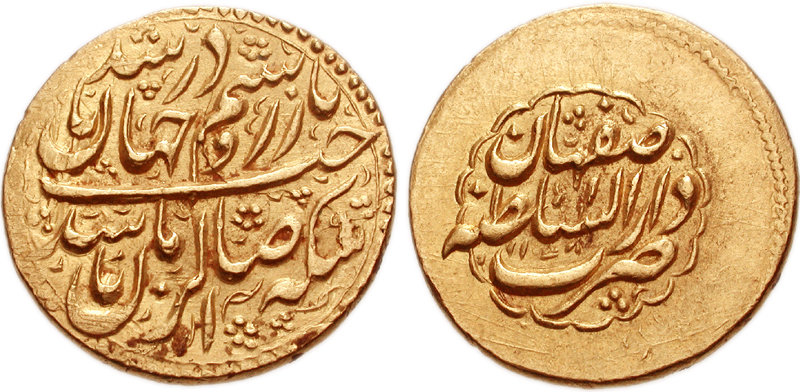|
Karadagh Khanate
Karadagh Khanate (), was a khanate established in the 18th century, with its capital at Ahar. Khanate The khanate was founded in 1747 by Kazim khan Karadakhlu as an independent entity. Its territory had bordered with Talysh to east, Ardabil, Tabriz to south, Khoy to west, Nakhchivan, Karabagh and Javad khanates to north. Khanate's territory consisted mostly of Ungut, Karmaduz, Chalabiyan, Keyvan, Arazbar, Dizmar, Uzumdil, Hasanob, Kalaybar, Huseyneyli, Yaft, Garajurru, Dodanga, Chardanga, Dikla, Badbostan, Horat mahals. The founder Kazim khan pursued a prudent policy in regard to the neighboring feudal lords. He was more engaged in internal affairs and constructions, built several public buildings in khanate's capital Ahar. Khanate was under political dependence of Karabagh khanate for some period. In 1761 it was conquered by Karim Khan Zand and in 1791 by Mohammad Khan Qajar. In 1808 the khanate was finally disestablished. Rulers # Kazim khan — 1748-1752 #Mustafakuli ... [...More Info...] [...Related Items...] OR: [Wikipedia] [Google] [Baidu] |
Khanate
A khaganate or khanate was a polity ruled by a khan, khagan, khatun, or khanum. That political territory was typically found on the Eurasian Steppe and could be equivalent in status to tribal chiefdom, principality, kingdom or empire. Mongol-ruled khanates Chagatai Khanate (1226–1347) After Genghis Khan established appanages for his family in the Mongol Empire during his rule (1206–1227), his sons, daughters, and grandsons inherited separate sections of the empire. The Mongol Empire and Mongolian khanates that emerged from those appanages are listed below. In 1226, the second son of Genghis Khan, Chagatai Khan established the Chagatai Khanate. At its height in the late 13th century, the khanate extended from the Amu Darya south of the Aral Sea to the Altai Mountains in the border of modern-day Mongolia and China, roughly corresponding to the defunct Qara Khitai Empire. Initially the rulers of the Chagatai Khanate recognized the supremacy of the Great Khan, b ... [...More Info...] [...Related Items...] OR: [Wikipedia] [Google] [Baidu] |
Ungut District
Ungut County ( fa, شهرستان انگوت, ) is in Ardabil province, Iran. The capital of the county is the city of Tazeh Kand-e Angut. At the 2006 census, the region's population (as Angut District of Germi County Germi County ( fa, شهرستان گرمی) is in the northern part of Ardabil province, Iran. The capital of the county is the city of Germi, located from Ardabil, the capital of the province. At the 2006 census, the county's population ...) was 27,494 in 5,626 households. The following census in 2011 counted 22,606 in 5,485 households. At the 2016 census, the county's population was 20,335 in 5,738 households. It was separated from Germi County in December 2020. Administrative divisions The population history of Ungut County's administrative divisions (as parts of Germi County) over three consecutive censuses is shown in the following table. References Counties of Ardabil Province {{Ardabil-geo-stub ... [...More Info...] [...Related Items...] OR: [Wikipedia] [Google] [Baidu] |
Ottoman Empire
The Ottoman Empire, * ; is an archaic version. The definite article forms and were synonymous * and el, Оθωμανική Αυτοκρατορία, Othōmanikē Avtokratoria, label=none * info page on book at Martin Luther University) // CITED: p. 36 (PDF p. 38/338) also known as the Turkish Empire, was an empire that controlled much of Southeast Europe, Western Asia, and Northern Africa between the 14th and early 20th centuries. It was founded at the end of the 13th century in northwestern Anatolia in the town of Söğüt (modern-day Bilecik Province) by the Turkoman tribal leader Osman I. After 1354, the Ottomans crossed into Europe and, with the conquest of the Balkans, the Ottoman beylik was transformed into a transcontinental empire. The Ottomans ended the Byzantine Empire with the conquest of Constantinople in 1453 by Mehmed the Conqueror. Under the reign of Suleiman the Magnificent, the Ottoman Empire marked the peak of its power and prosperity, as well a ... [...More Info...] [...Related Items...] OR: [Wikipedia] [Google] [Baidu] |
Sivas
Sivas (Latin and Greek: ''Sebastia'', ''Sebastea'', Σεβάστεια, Σεβαστή, ) is a city in central Turkey and the seat of Sivas Province. The city, which lies at an elevation of in the broad valley of the Kızılırmak river, is a moderately-sized trade centre and industrial city, although the economy has traditionally been based on agriculture. Rail repair shops and a thriving manufacturing industry of rugs, bricks, cement, and cotton and woolen textiles form the mainstays of the city's economy. The surrounding region is a cereal-producing area with large deposits of iron ore which are worked at Divriği. Sivas is also a communications hub for the north–south and east–west trade routes to Iraq and Iran, respectively. With the development of railways, the city gained new economic importance as junction of important rail lines linking the cities of Ankara, Kayseri, Samsun, and Erzurum. The city is linked by air to Istanbul. The popular name Sebastian deri ... [...More Info...] [...Related Items...] OR: [Wikipedia] [Google] [Baidu] |
Qizilbash
Qizilbash or Kizilbash ( az, Qızılbaş; ota, قزيل باش; fa, قزلباش, Qezelbāš; tr, Kızılbaş, lit=Red head ) were a diverse array of mainly Turkoman Shia militant groups that flourished in Iranian Azerbaijan, Anatolia, the Armenian Highlands, the Caucasus, and Kurdistan from the late 15th century onwards, and contributed to the foundation of the Safavid dynasty of Iran. Roger M. Savory: "''Kizil-Bash''. In '' Encyclopaedia of Islam'', Vol. 5, pp. 243–245. Etymology The word Qizilbash derives from Turkish ''Kızılbaş'', meaning "red head". The expression is derived from their distinctive twelve- gored crimson headwear (''tāj'' or ''tark'' in Persian; sometimes specifically titled "Haydar's Crown" / ''Tāj-e Ḥaydar''),''Tāj'', meaning ''crown'' in Persian, is also a term for hats used to delineate one's affiliation to a particular Sufi order. indicating their adherence to the Twelve Imams and to Shaykh Haydar, the spiritual leader ('' sheikh' ... [...More Info...] [...Related Items...] OR: [Wikipedia] [Google] [Baidu] |
Tahmasp I
Tahmasp I ( fa, طهماسب, translit=Ṭahmāsb or ; 22 February 1514 – 14 May 1576) was the second shah of Safavid Iran from 1524 to 1576. He was the eldest son of Ismail I and his principal consort, Tajlu Khanum. Ascending the throne after the death of his father on 23 May 1524, the first years of Tahmasp's reign were marked by civil wars between the Qizilbash leaders until 1532, when he asserted his authority and began an absolute monarchy. He soon faced a long-lasting war with the Ottoman Empire, which was divided into three phases. The Ottoman sultan, Suleiman the Magnificent, tried to install his own candidates on the Safavid throne. The war ended with the Peace of Amasya in 1555, with the Ottomans gaining sovereignty over Iraq, much of Kurdistan, and western Georgia. Tahmasp also had conflicts with the Uzbeks of Bukhara over Khorasan, with them repeatedly raiding Herat. In 1528, at the age of fourteen, he defeated the Uzbeks in the Battle of Jam by using artillery, ... [...More Info...] [...Related Items...] OR: [Wikipedia] [Google] [Baidu] |
Turcomans
Turkoman ( Middle Turkic: تُركْمانْ, ota, تركمن, Türkmen and ''Türkmân''; az, Türkman and ', tr, Türkmen, tk, Türkmen, Persian: ترکمن sing. ''Turkamān'', pl. ''Tarākimah''), also called Turcoman and Turkman, is a term that was widely used during the Middle Ages for the people of Oghuz Turkic origin. Oghuz Turks were a western Turkic people that, in the 8th century A.D, formed a tribal confederation in an area between the Aral and Caspian seas in Central Asia, and spoke the Oghuz branch of the Turkic language family. ''Turkmen'', originally an exonym, dates from the High Middle Ages, along with the ancient and familiar name " Turk" (), and tribal names such as " Bayat", "Bayandur", " Afshar", " Kayi", and others. By the 10th century, Islamic sources were calling Oghuz Turks as Muslim Turkmens, as opposed to Shamanist or Buddhist Turks. It entered into the usage of the Western world through the Byzantines in the 12th century, since by that time ... [...More Info...] [...Related Items...] OR: [Wikipedia] [Google] [Baidu] |
Mohammad Khan Qajar
Agha Mohammad Khan Qajar ( fa, آقا محمد خان قاجار, translit=Âqâ Mohammad Xân-e Qâjâr; 14 March 1742 – 17 June 1797), also known by his regnal name of Agha Mohammad Shah (, ), was the founder of the Qajar dynasty of Iran, ruling from 1789 to 1797 as king (shah). Originally chieftain of the Quwanlu branch of the Qajar tribe, Agha Mohammad Khan was enthroned as the king of Iran in 1789, but was not officially crowned until March 1796, having deposed Lotf Ali Khan of the Zand dynasty in 1794. Agha Mohammad Khan Qajar was famously the eunuch Monarch, being castrated as a young adult upon his capture by Adel Shah Afshar, and hence was childless. He was assassinated on 17 June 1797, and was succeeded by his nephew, Fath-Ali Shah Qajar. Agha Mohammad Khan's reign is noted for the return of a centralized and unified Iran and for relocating the capital to Tehran, where it still stands today. He is also noted for his cruel and rapacious behavior, particularly during ... [...More Info...] [...Related Items...] OR: [Wikipedia] [Google] [Baidu] |
Karim Khan Zand
Mohammad Karim Khan Zand ( fa, محمدکریم خان زند, Mohammad Karīm Khân-e Zand; ) was the founder of the Zand Dynasty, ruling from 1751 to 1779. He ruled all of Iran (Persia) except for Khorasan. He also ruled over some of the Caucasian lands and occupied Basra for some years. While Karim was ruler, Iran recovered from the devastation of 40 years of war, providing the war-ravaged country with a renewed sense of tranquillity, security, peace, and prosperity. The years from 1765 to Karim Khan's death in 1779, marked the zenith of Zand rule. During his reign, relations with Britain were restored, and he allowed the East India Company to have a trading post in southern Iran. He made Shiraz his capital and ordered the construction of several architectural projects there. As noted by '' The Oxford Dictionary of Islam'', "Karim Khan Zand holds an enduring reputation as the most humane Iranian ruler of the Islamic era". When following the Islamic Revolution of 1979, the ... [...More Info...] [...Related Items...] OR: [Wikipedia] [Google] [Baidu] |
Arasbaran
Arasbaran ( fa, ارسباران ''Arasbârân'') or shortened to Arasbar ( fa, ارسبار ''Arasbâr''), meaning "The Banks of the Aras/Araxes river," also known as "Qaradagh" or "Karadagh" ( az, Qaradağ / , meaning "Black mountain"), or "Qaraja dagh" or "Karaja dagh" ( az, Qaracadağ / , meaning "Black mountain"), is a large mountainous area stretching from the Qūshā Dāgh massif, south of Ahar, to the Aras River in East Azerbaijan Province of Iran. The region is confined to Aras River in the north, Meshgin Shahr County and Moghan in the east, Sarab County in the south, and Tabriz and Marand counties in the west. Since 1976, UNESCO has registered 72,460 hectares of the region, confined to 38°40' to 39°08'N and 46°39' to 47°02'E, as biosphere reserve with the following general description: History In antiquity, this region was inhabited by the Alarodians and Caspian tribes. Then this area became alternately part of the Medes and Persia. In ... [...More Info...] [...Related Items...] OR: [Wikipedia] [Google] [Baidu] |
Keyvan Rural District
Keyvan Rural District ( fa, دهستان كيوان) is a rural district (''dehestan'') in the Central District of Khoda Afarin County, East Azerbaijan Province, Iran Iran, officially the Islamic Republic of Iran, and also called Persia, is a country located in Western Asia. It is bordered by Iraq and Turkey to the west, by Azerbaijan and Armenia to the northwest, by the Caspian Sea and Turkmeni .... At the 2006 census, its population was 2,905, in 682 families. The rural district has 33 villages. References Rural Districts of East Azerbaijan Province Khoda Afarin County {{KhodaAfarin-geo-stub ... [...More Info...] [...Related Items...] OR: [Wikipedia] [Google] [Baidu] |
Chalabianlu
Chalabianlu () is a Turkification, Turkophone Kurds, Kurdish tribe, dwelling for the most part in the Garamduz District of Arasbaran region, in East Azerbaijan Province of Iran. History The Chalabianlu tribe migrated from Kurdistan to the Arasbaran region during the era of Ismail I, Ismail Shah through Naqadeh. In Arasbaran, they were known as ''"Dil Bilmez"'' among the Turkic population, meaning ''"Those who do not know our language"'' but gradually began speaking Turkic languages, Turkic. In 1810/1811, the tribe rebelled and crossed the Aras (river), Aras River towards the Mugan plain, but were forced to return to Arasbaran. During the era of Naser al-Din Shah Qajar, the most notorious bandit in the country was the chief of the Chalabianlu tribe, Rahimkhan Chalabianloo, Rahim Khan. In the wake of the Russo-Persian War (1804–13), Russo-Persian War from 1804 to 1813, the Chalabianlu was the second largest tribe of Arasbaran with 1500 tents and houses.R. Khanam, Encycl. Ethnogra ... [...More Info...] [...Related Items...] OR: [Wikipedia] [Google] [Baidu] |





